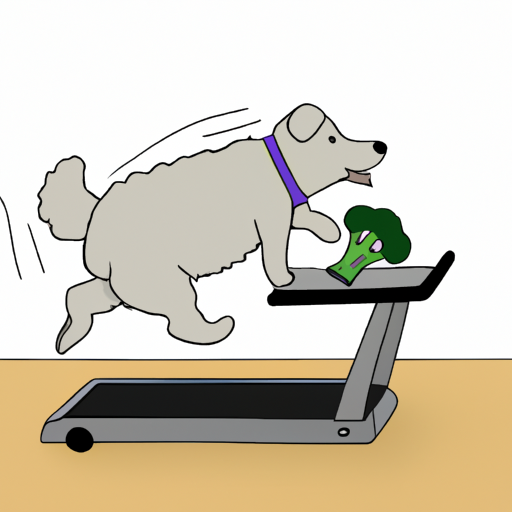As a caregiver, you often find yourself responsible for the well-being of others, including your four-legged friends. If your furry companion has been packing on a few extra pounds, it’s crucial for their overall health to shed this excess weight. Here’s how to make it happen.
Understanding The Importance of a Healthy Weight
Firstly, it’s essential to understand why maintaining a healthy weight is so crucial for dogs. Just like humans, obesity in dogs can lead to numerous health problems, such as:
- Diabetes
- Heart disease
- Breathing problems
- Reduced lifespan
When your dog is at a healthy weight, they’re more likely to live a longer, healthier, and happier life.
Assessing Your Dog’s Weight
Next, let’s discuss how you can determine if your dog is overweight. A few signs might indicate your dog needs to lose weight:
- Difficulty in feeling their ribs, spine, or hip bones
- No visible waist or abdominal tuck
- Excessive fat deposits on the chest, tail base, and spine
You can also consult with your veterinarian for an accurate weight assessment.
Implementing a Diet Plan
Once you’ve determined that your dog is overweight, it’s time to implement a diet plan. Here are a few steps you can take:
- Consult your vet: They can provide a diet plan that suits your dog’s specific needs.
- Limit treats and table scraps: These can significantly contribute to weight gain.
- Measure meals: Use a standard measuring cup to ensure you’re not overfeeding your dog.
Increasing Physical Activity
Along with a healthy diet, exercise is crucial for weight loss. Here are some ways you can increase your dog’s physical activity:
- Regular walks: Aim for at least 30 minutes of brisk walking daily.
- Playtime: Engage your dog in games that keep them moving, like fetch or tug-of-war.
- Dog sports: Consider enrolling your dog in activities like agility training or flyball.
Monitoring Progress
Lastly, remember to regularly monitor your dog’s progress. Weight loss in dogs should be gradual, around 1-2% of their body weight per week. Regular vet check-ups can help ensure the weight loss is healthy and sustainable.
Frequently Asked Questions
Q: How can I tell if my dog is overweight?
A: If you’re having trouble feeling your dog’s ribs, spine, or hip bones, they may be overweight.
Q: How much exercise does my dog need for weight loss?
A: Aim for at least 30 minutes of brisk walking daily, along with regular playtime or dog sports.
Q: How fast should my dog lose weight?
A: Weight loss in dogs should be gradual, around 1-2% of their body weight per week.
Remember, your role as a caregiver extends to ensuring the health and happiness of your furry friend. By taking these steps, you can help your dog achieve a healthier weight and a longer, happier life.



